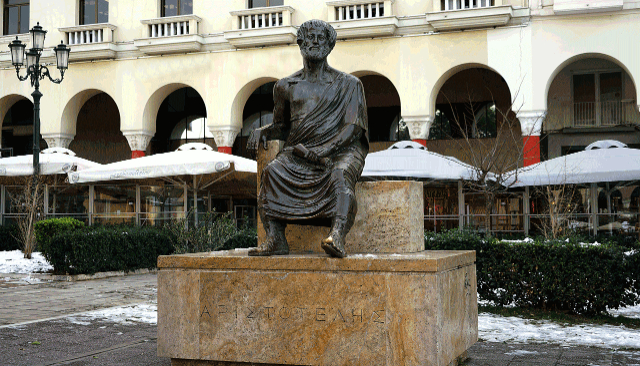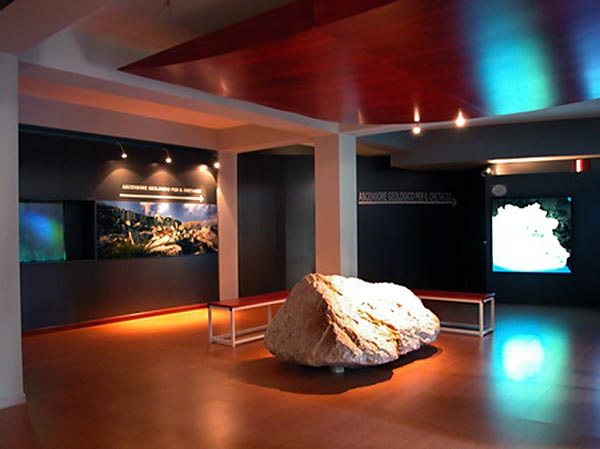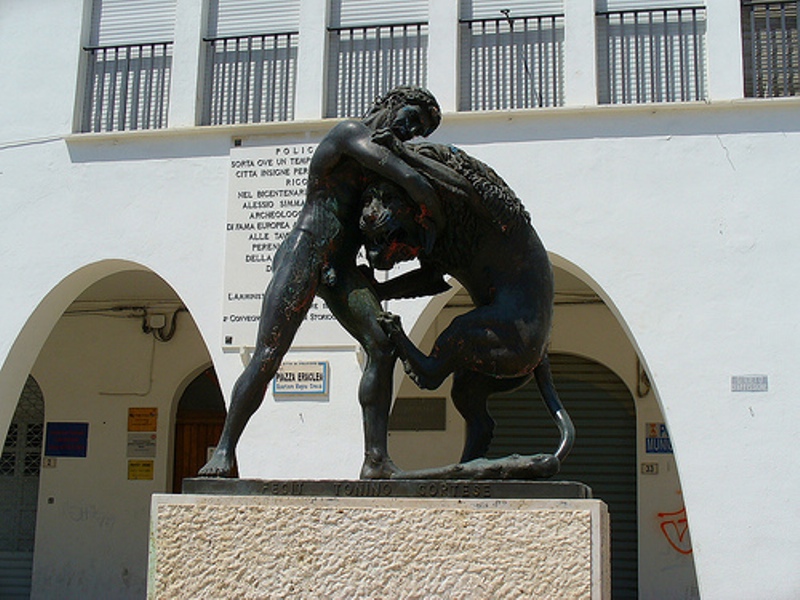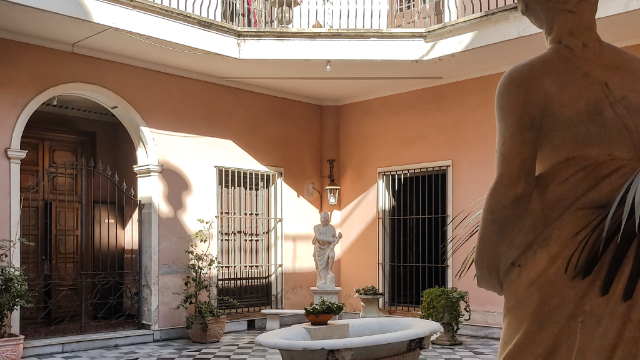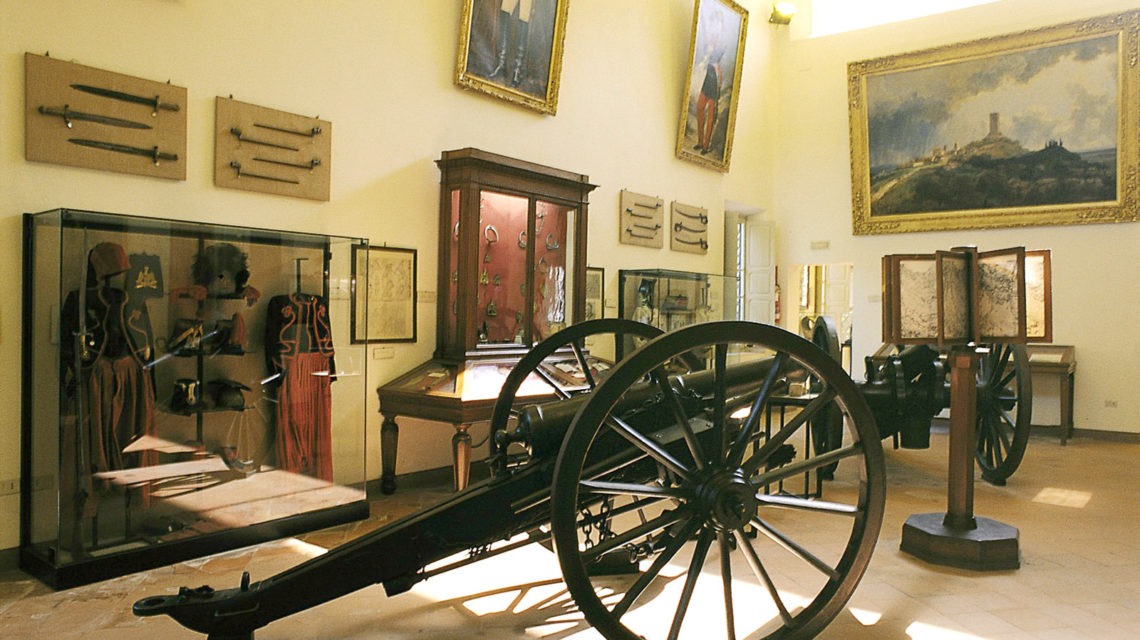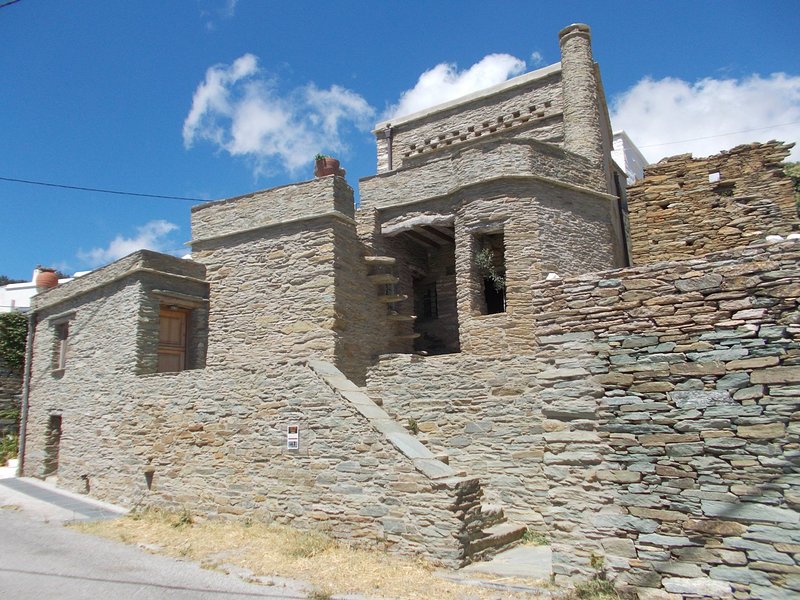The statue of Aristotle, situated in the central square of Thessaloniki, Greece, pays homage to one of the most iconic figures in the history of Western thought. Born in 384 BCE in Stagira, Chalcidice, and having died in 322 BCE in Chalcis, Euboea, Aristotle’s influence stretches far beyond his time and place of origin. His comprehensive philosophical and scientific systems have provided the foundational elements for Christian Scholasticism, medieval Islamic philosophy, and even the intellectual traditions that emerged during the Renaissance, the Reformation, and the Enlightenment.
A Reverent Representation
The statue portrays Aristotle in a contemplative pose, holding what appears to be a pergamine paper in his left hand, a symbol perhaps of his extensive contributions to various fields including metaphysics, ethics, politics, and biology among others. His right hand rests gracefully on a higher marble base, perhaps an artistic expression of the philosopher’s elevated thinking and influence. The attention to detail, from the folds of his robe to the facial features, encapsulates the awe and respect that the figure of Aristotle commands even today.
Square of Philosophical Importance
The central square of Thessaloniki is named after Aristotle, marking it as a significant site, not just for the locals but for scholars and tourists alike. It serves as a hub of activity, surrounded by various landmarks, cafes, and shops, yet the statue remains the focal point, urging visitors to pause and reflect on the profound impact Aristotle has had on human thought.
Cultural and Educational Impact
The placement of the statue in a public square also underscores the enduring relevance of Aristotle’s ideas in contemporary society. Schools, universities, and academic institutions around the world still feature Aristotelian logic and philosophy as a significant part of their curriculum, testament to the timeless value of his intellectual contributions.
A Meeting Point of Past and Present
Interestingly, the statue has also become a modern-day gathering point. It’s common to see people meeting friends or loved ones near “Aristotle,” making the ancient philosopher an integral part of daily life in Thessaloniki. This duality, where ancient wisdom meets modern hustle, makes the statue more than just a stone carving; it’s a living tribute to the continuity of human thought.
In conclusion, the statue of Aristotle in Thessaloniki is more than just a tribute to a great man; it’s a symbol of the enduring impact of philosophy and intellectual rigor in the shaping of human civilization. It invites each of us, whether we are scholars, tourists, or just passersby, to ponder the bigger questions in life, just as Aristotle did over two millennia ago.

